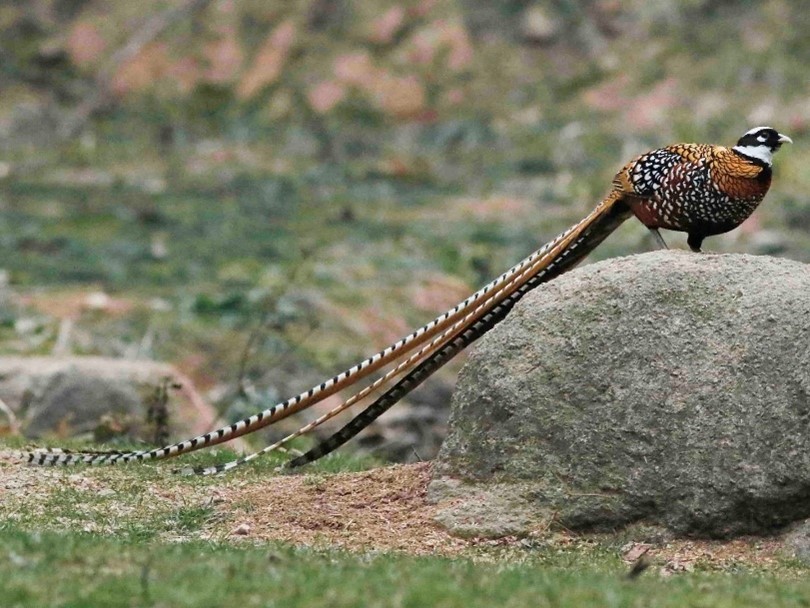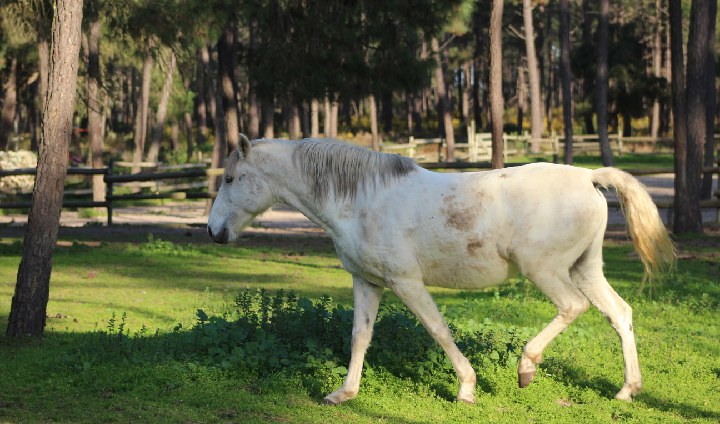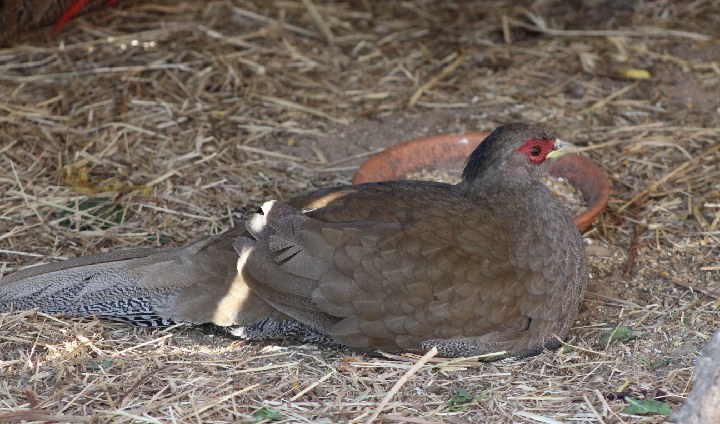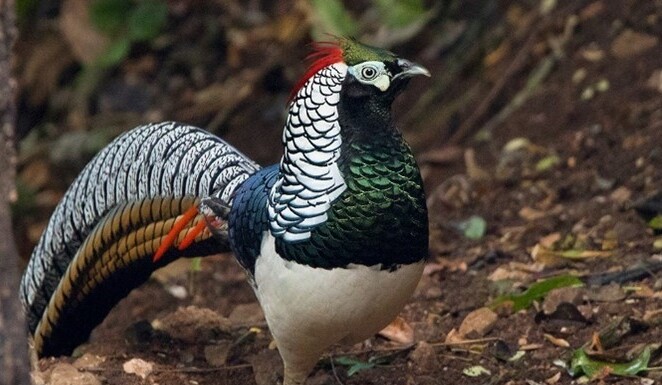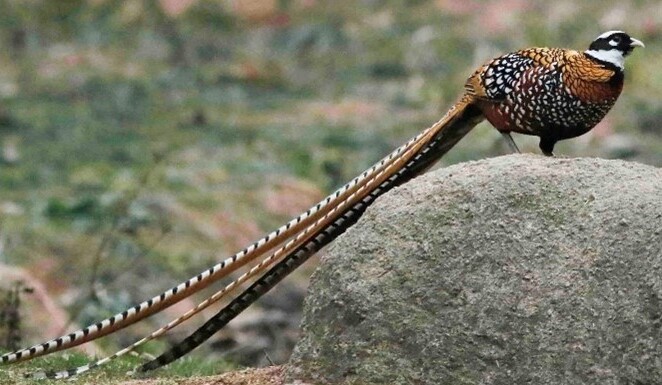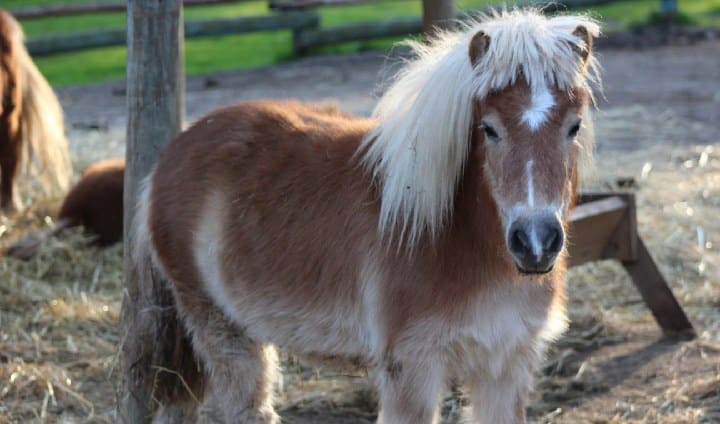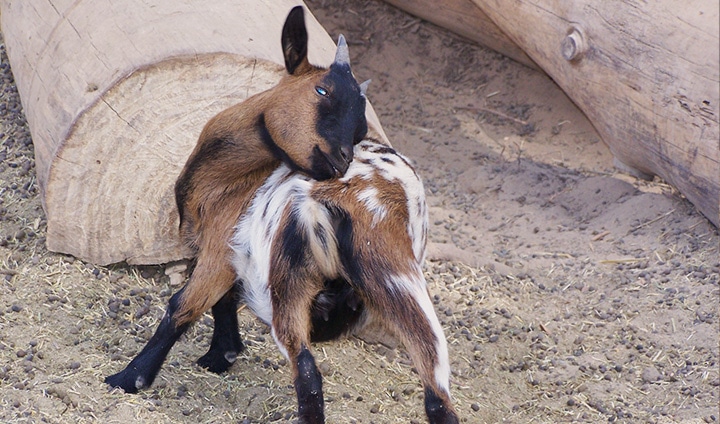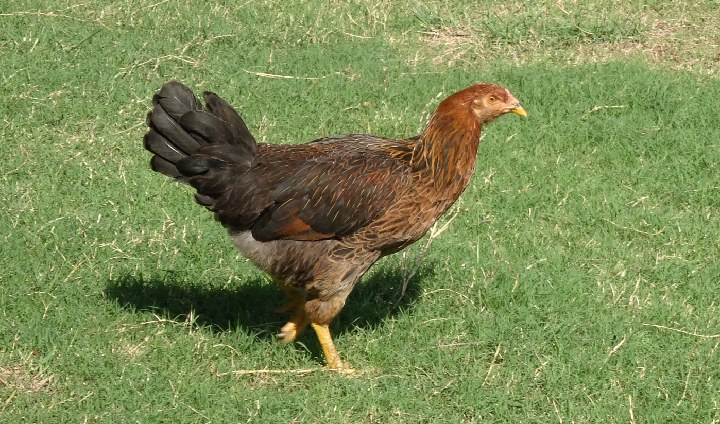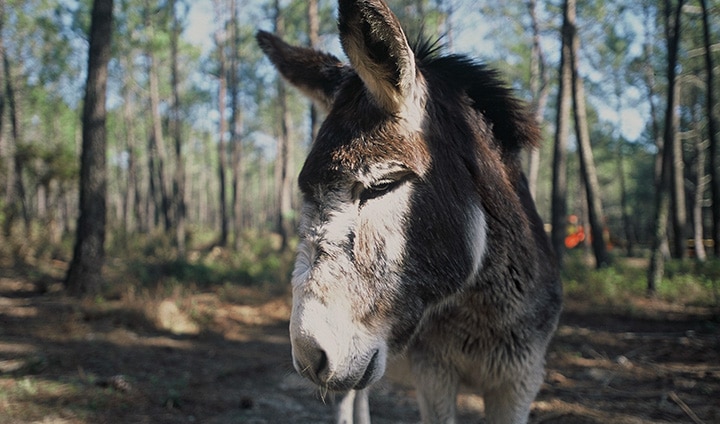Diet: vegetables, seeds and cereals.
Reproduction: Pheasants choose high-altitude land to build their nest. Typically, in April, the female lays 7 to 14 eggs. The eggs incubate for approximately 24 days.
Distribution and Habitat: This species of pheasant is endemic to China. Due to their ornamental use, they were introduced in many other countries, and nowadays it is possible to find pheasants on all continents. They inhabit forests and woodlands.
Behavior: During the breeding season this species is highly aggressive in protecting the nest. The pheasant’s vocalization is very different from other birds, it is more in a musical form.
Conservation Status: Vulnerable
Scientific name: Syrmaticus reevesii
Class: Aves
Order: Galliformes
Family: Phasianidae
Dimensions: 75 cm – 2.1 m long
Weight: 1 kg – 1.5 kg
Longevity: 9 years in the wild and 15 to 25 years in captivity


